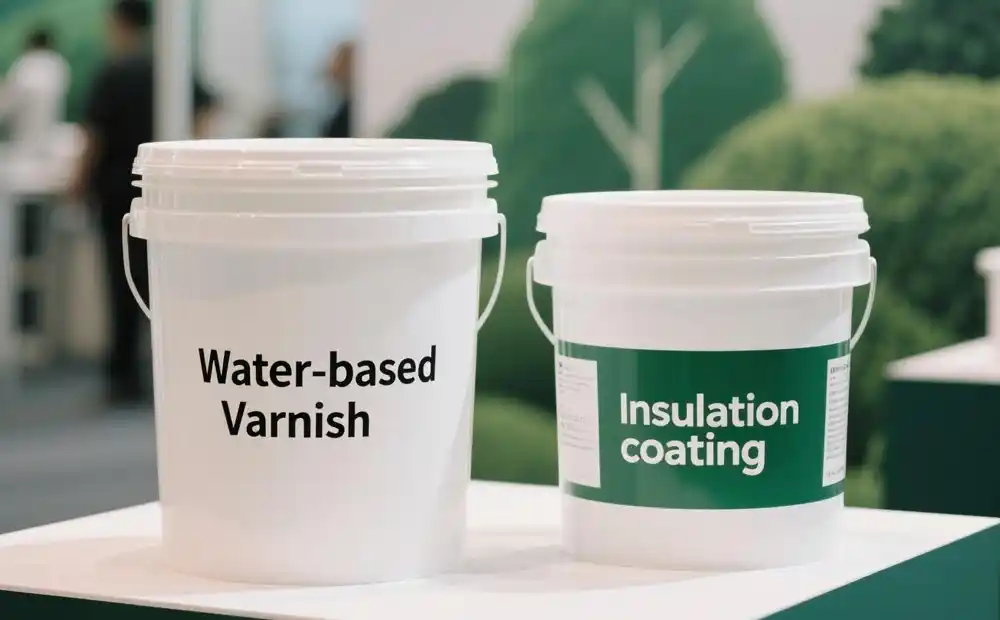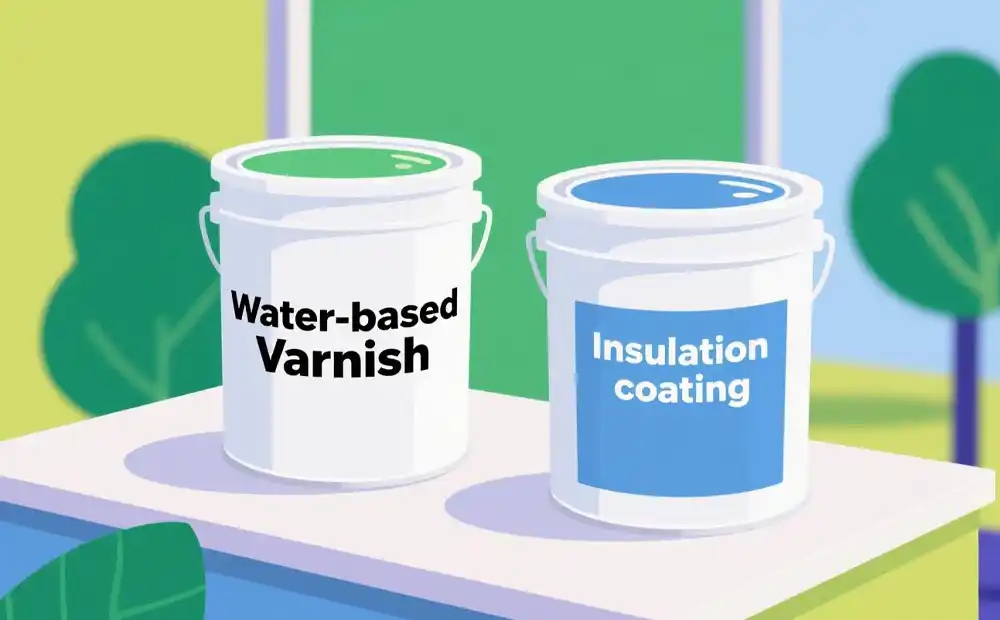Varnish and Coating in Flexographic Printing
Date: May 22 2025 From: Star Color Views:
In the flexographic printing process, although both varnish and functional coatings can enhance the quality of printed products, there are significant differences in their application purposes, performance requirements, and process details. Understanding the characteristics of both is crucial for accurately selecting suitable materials and processes according to actual needs, thereby achieving the best printing results.
1. Varnish in Flexographic Printing
• Usage:
- Enhancing Visual Effects: Varnish can provide high - gloss, matte, or local texture effects (such as tactile coatings) on the surface of printed products, improving their aesthetic appeal.
- Basic Protection: It offers protection against minor scratches, moisture, and fingerprints, safeguarding the printed materials.
- Spot Varnishing: By using a specially engraved printing plate, varnish can be applied to specific areas, such as logos and patterns, to make them stand out and strengthen brand recognition.
• Applicable Scenarios:
- Packaging Printing: Widely used in food bags, cosmetic boxes, labels, etc., to enhance both the appearance and protection of the packaging.
- Paper Products: Applied to book covers, greeting cards, and other paper products that require improved surface gloss, adding to their aesthetic value.
• Process Characteristics:
- Printing Method: Varnish can be directly printed using the flexographic printing unit, similar to ink application.
- Drying Method: It must match the drying method of the flexographic ink, commonly including UV curing and water - based evaporation.
- Viscosity and Fluidity: Varnish has a relatively low viscosity and good fluidity, enabling it to adapt to high - speed printing, typically at speeds of 200 - 300 meters per minute.

2. Functional Coatings in Flexographic Printing
• Usage:
- Special Protection: Provide protection against high temperatures and chemical corrosion, which is essential for applications such as pharmaceutical packaging.
- Functional Requirements: Used for functions like anti - counterfeiting (fluorescent coatings), conductivity (for electronic labels), and barrier properties (to block oxygen and water vapor).
- Environmental Requirements: Some coatings are designed to be biodegradable, such as bio - based materials, meeting environmental protection standards.
• Applicable Scenarios:
- Industrial Labels: Ideal for labels that need to resist oil and friction in industrial environments.
- Food Packaging: Oxygen - barrier coatings are used to extend the shelf life of food products.
- Electronic Product Packaging: Anti - static coatings are applied to protect electronic products from electrostatic damage.
• Process Characteristics:
- Equipment Requirement: May require a separate coating unit or a composite device for application.
- Thickness and Uniformity: Higher precision is required for coating thickness and uniformity, especially for nano - scale barrier layers.
- Curing Conditions: Special curing methods are often needed, such as electron beam curing and infrared drying.
3. Key Differences and Selection Suggestions
| Comparison Dimension |
Varnish |
Functional Coating |
| Main Purpose |
Aesthetic enhancement + basic protection |
Functional enhancement (protection, barrier, special properties) |
| Transparency |
Usually transparent |
Can be transparent, colored, or opaque |
| Thickness |
Relatively thin (1 - 5μm) |
May be thicker (e.g., barrier coatings can reach 10 - 20μm) |
| Cost |
Lower |
Higher (due to special materials and processes) |
| Process Compatibility |
Can be directly integrated into the flexographic printing unit |
May require additional equipment (such as coating machines) |
Selection Suggestions:
- For basic protection or gloss enhancement, varnish is a preferred choice due to its low cost and mature process.
- For special functions such as barrier, weather resistance, or conductivity, specialized functional coatings should be selected, but it is necessary to verify their compatibility with the flexographic printing process.

4. Precautions for Practical Applications
Material CompatibilityIn practical applications, material compatibility is of utmost importance. Varnish must be fully compatible with flexographic inks. For example, water - based inks should be paired with water - based varnishes. Otherwise, issues such as repulsion between ink and varnish and poor adhesion may occur, affecting the quality of printed products.
For functional coatings, it is essential to rigorously test their adhesion to substrates, such as PE films and aluminum foils. Insufficient adhesion can lead to problems like peeling and flaking during use, rendering the coating ineffective.
Drying/Curing MethodsThe drying and curing methods directly affect the performance and production efficiency of the coating. UV varnish requires ultraviolet curing equipment; otherwise, incomplete curing may occur, resulting in a sticky surface and poor wear resistance.
Thermosensitive coatings, such as PVDC barrier layers, are highly sensitive to temperature. Precise temperature control is necessary, as both excessively high and low temperatures can negatively impact the coating's performance and quality.
Plate Making and Anilox RollsFor plate making, if spot varnishing is required, a specially engraved printing plate is needed to ensure that the varnish is accurately applied to the designated area. Anilox rolls play a crucial role in controlling the coating thickness. Different coating thicknesses require anilox rolls with appropriate line counts. For example, anilox rolls with 200 lines per inch are suitable for thin coatings. Incorrect line count selection can lead to uneven coating thickness and affect the quality of printed products.
Environmental RegulationsWith the increasing stringency of environmental regulations, the use of varnish and functional coatings in flexographic printing must comply with relevant standards. Especially in the food packaging industry, standards such as those of the FDA (U.S. Food and Drug Administration) and EU 10/2011 (EU regulations on food contact materials) must be adhered to, ensuring that the coating materials do not contaminate food. Additionally, coatings containing benzene - based solvents should be avoided to reduce harm to the environment and human health.
 RU
RU
 EN
EN
 CN
CN


